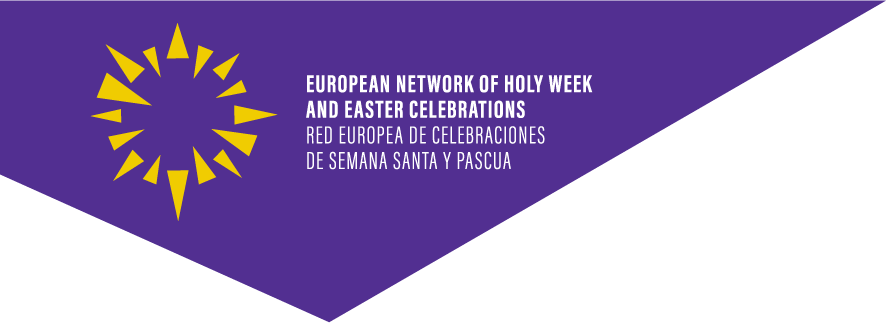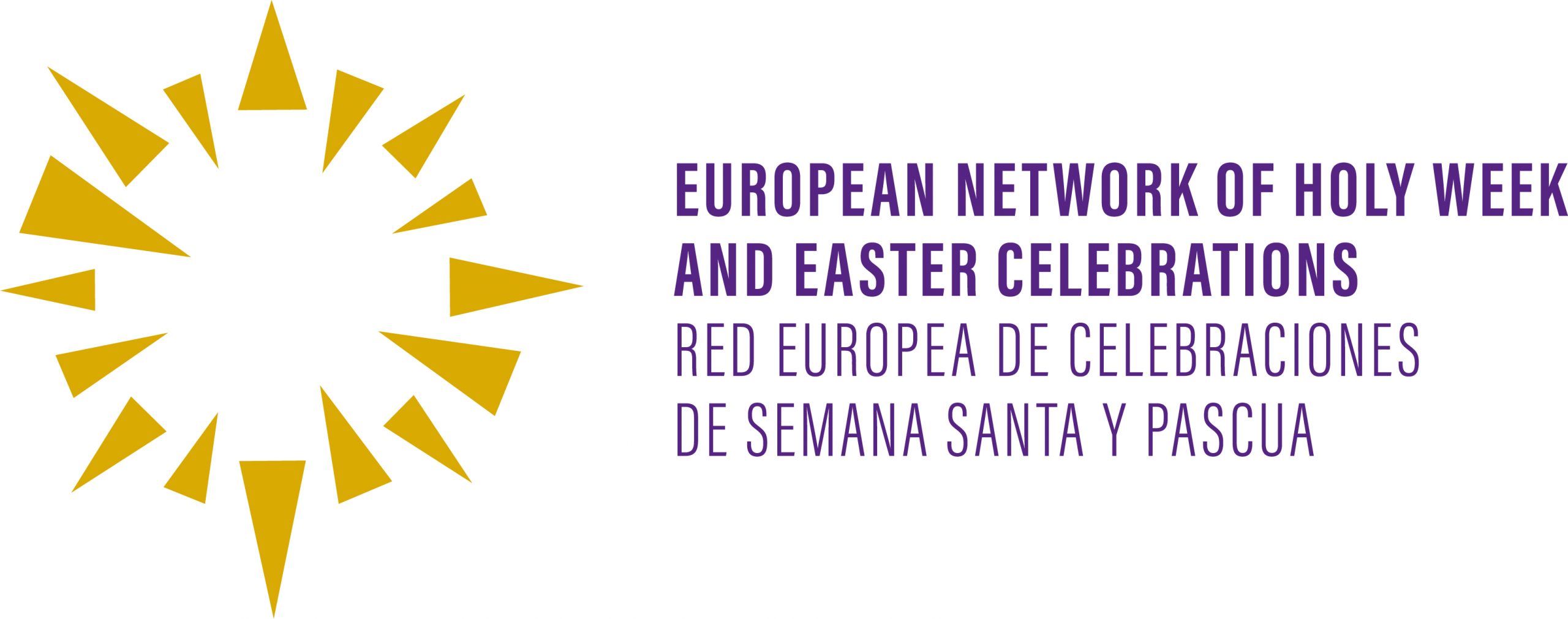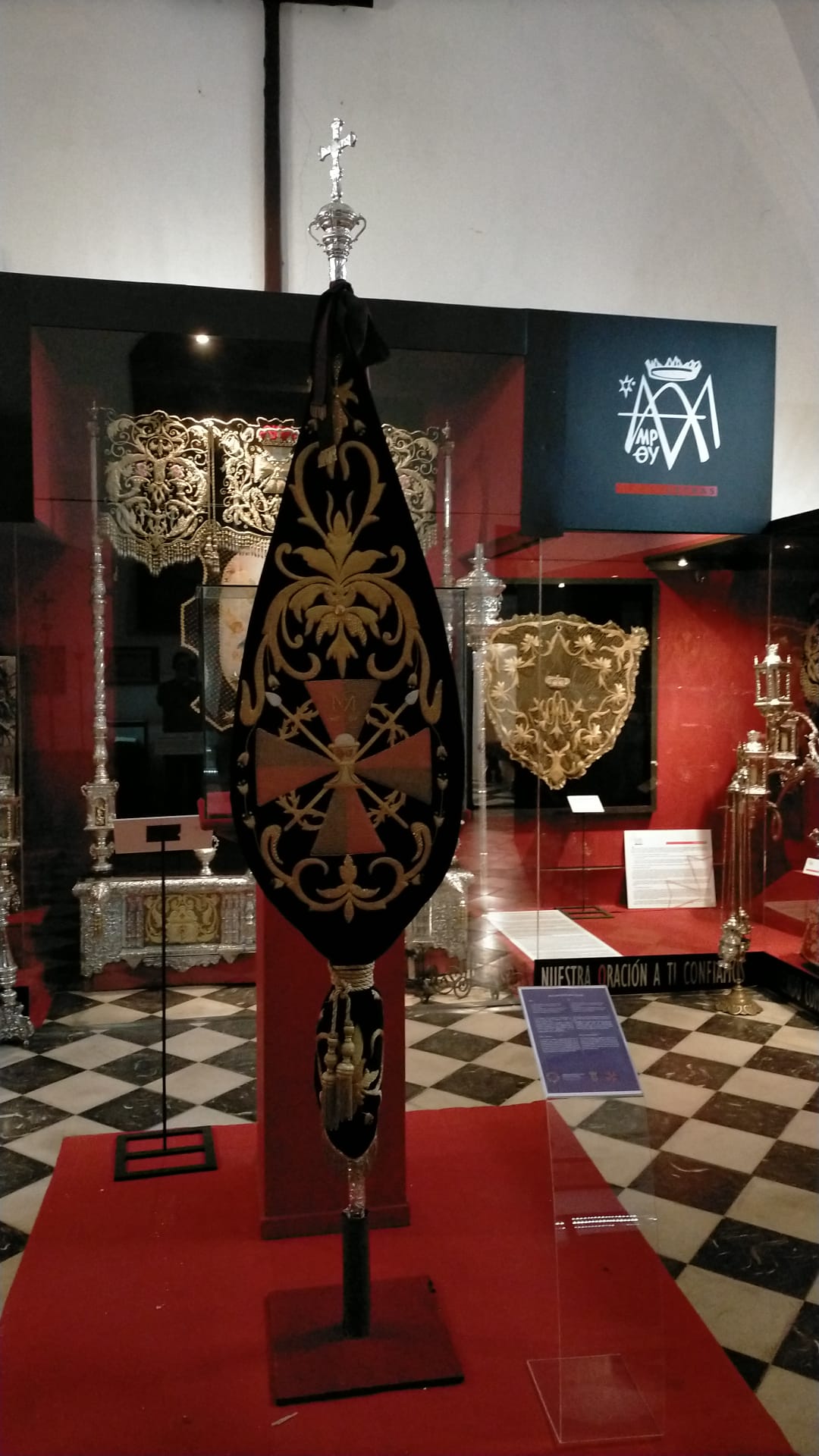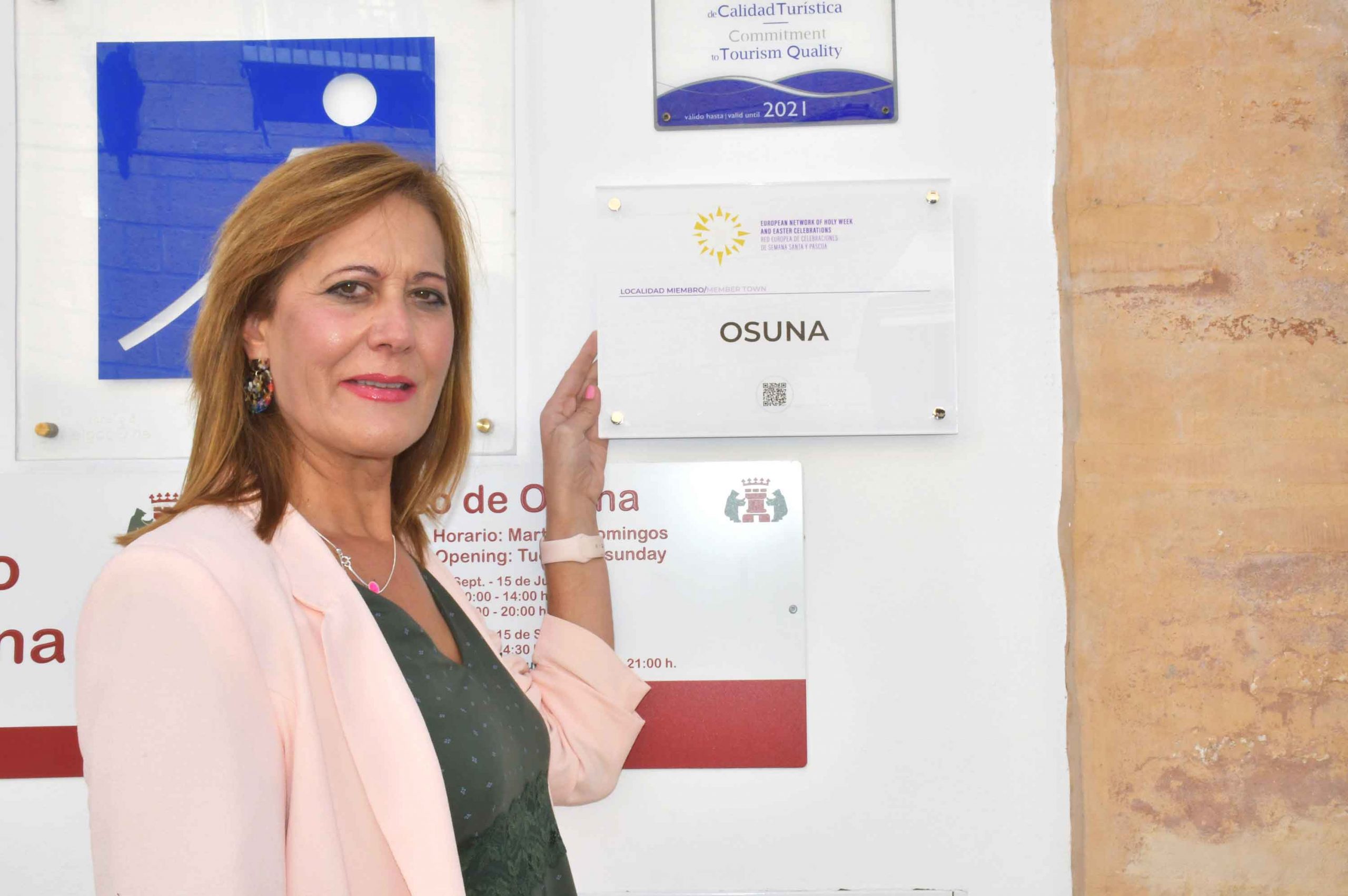
The European Network of Holy Week and Easter Celebrations installs identifying signage in its museums and associated organizations
- These spaces have been identified by a plaque that includes the network’s corporate logo, a description in English and Spanish, and a QR code that leads to the Network’s website
- A total of 32 places have been marked in the member municipalities of the Network, which include the countries of Spain, Italy, Portugal, Malta and Slovenia
- This signage will allow visitors to recognize and identify the resources of the member municipalities of the Network
27.10.2021.- The European Network of Holy Week and Easter Celebrations has installed identifying signage in the museums and organizations associated with it. In total, 32 spaces have been marked, of which 15 are museums and 17 organizations, by means of a 35×25-centimeter plaque with an identifying text in English and Spanish, to which is added a QR code that directs to its website (www.holyweekeurope.com). The spaces, located in the municipalities of the five member countries of the Network (Spain, Italy, Portugal, Malta and Slovenia), include museums, brotherhood houses, permanent exhibitions, exhibitions and associated organizations.
As highlighted by the president of the European Network, Rosario Andújar Torrejón, “it is one more step to give visibility to all these spaces that are part of this common network and whose grouped work is developed throughout the year with various actions that seek promote and disseminate cultural heritage, both tangible and intangible, related to the celebrations of Holy Week and Easter in Europe”. This action “highlights a series of resources linked to Holy Week that make up part of the tangible and intangible legacy relating to these traditions”, Andújar Torrejón affirmed.
The spaces that have been marked are the Skofja Loka Museum (Slovenia), the Museum of Holy Week in Caltanissetta (Italy), the Palace of the Inquisitor-National Museum of Ethnography (Malta), the Brotherhood House of Ecce Homo of Alcalá la Real (Spain), the Exhibition of Holy Week in Baena (Spain), the Museum of Sacred Art of the Brotherhood of Buen Fin of Cabra (Spain), the Houses of the Brotherhoods of Carmona (Spain), the Museum of the Sacramental Brotherhood of San Gil de Écija (Spain), the MuBBla Museo de Bordados del Paso Blanco in Lorca (Spain), the MASS Blue Museum of Holy Week in Lorca (Spain), the Brotherhood House of the Confraternities of Amor y Paz of Lucena (Spain ), the Brotherhood House of Nuestro Padre Jesús de la Columna and María Santísima de la Paz y Esperanza of Lucena (Spain), the Museum of Holy Week in Orihuela (Spain), the Permanent Exhibition of Holy Week in Puente Genil (Spain) and the Permanent Exhibition of Holy Week in Viveiro (Spain).
Added to these are the tourist offices and/or entities representing each of the eighteen member entities that make up the European Network, such as the Italian Federico II Foundation, representing the municipalities of Palermo and Caltanissetta, of Sicily (Italy); the municipality of Birgu in Malta; the Commission for Lent and Holy Week Celebrations in Braga, in Portugal; the town of Skofja Loka, in Slovenia; the municipalities that are part of the Caminos de Pasión route: Alcalá la Real in Jaén; Baena, Cabra, Lucena, Priego de Córdoba and Puente Genil in Córdoba; and Carmona, Écija Osuna and Utrera in Seville; and the Spanish municipalities Orihuela in Alicante; Lorca in Murcia and Viveiro in Lugo.
More about the European Network
The European Network of Holy Week and Easter celebrations was created in 2019. Its objectives include highlighting the value of the cultural heritage of its municipalities, promoting the environment through sustainable tourism development and contributing to safeguarding intangible heritage through scientific and research work.
